The Sustainable IT Pledge
In the face of climate change and environmental degradation, the IT sector has a crucial role to play in building a sustainable future. As leaders in technology and innovation, we commit to integrating sustainability into the very fabric of our digital products, services, and operations. We pledge to design, develop, and deploy technology solutions that minimize environmental impact, promote resource efficiency, and foster long-term ecological balance.
Principles of the Sustainable IT Pledge:
1. Eco-Conscious Design:
We pledge to prioritize environmental sustainability at every stage of our product lifecycle. From initial concept to final deployment, we will consider the environmental impact of our technology solutions, striving to reduce energy consumption, minimize waste, and use eco-friendly materials wherever possible.
2. Energy Efficiency:
We commit to developing and deploying IT solutions that are energy-efficient and optimized for low power consumption. We will advocate for and adopt best practices in energy management, aiming to reduce the carbon footprint of our digital infrastructure.
3. Resource Stewardship:
We recognize the finite nature of our planet’s resources. We pledge to use resources responsibly, incorporating recycling, reuse, and circular economy principles into our operations. This includes reducing e-waste, extending the life of hardware, and responsibly sourcing materials.
4. Sustainable Innovation:
We will invest in research and development to create innovative technologies that contribute to environmental sustainability. Our innovation efforts will focus on areas such as renewable energy, smart grids, and green computing to drive the transition to a low-carbon economy.
5. Transparency & Accountability:
We pledge to be transparent about our environmental impact, regularly reporting on our progress toward sustainability goals. We will hold ourselves accountable by setting measurable targets, conducting audits, and engaging with stakeholders to ensure continuous improvement.
6. Collaboration & Advocacy:
We commit to collaborating with industry peers, governments, and NGOs to promote sustainable practices across the IT sector. We will advocate for policies and standards that support environmental sustainability and work together to tackle global challenges such as climate change.
7. Education and Empowerment:
We pledge to educate our employees, customers, and partners about the importance of sustainability in IT. We will provide the tools, resources, and knowledge needed to make informed choices that contribute to a greener, more sustainable future.
Our Commitment to Action:
We understand that making IT sustainable is not just a responsibility but an opportunity to lead by example. By signing this pledge, we commit to taking bold, decisive action to reduce our environmental impact and contribute to a more sustainable world. Together, we will build a future where technology and sustainability go hand in hand.
Example Goals & Actions
1. Eco-Conscious Design:
Goal:
Ensure that 100% of our new products and services are designed with sustainability as a core criterion by 2025
Actions:
- Sustainable Materials: Use recycled or eco-friendly materials in at least 50% of our hardware components by 2023.
- Design for Longevity: Develop modular and upgradable hardware to extend product life by 50% compared to industry averages.
- Carbon Footprint Reduction: Implement carbon-neutral design processes for all new software by 2024.
2. Energy Efficiency:
Goal:
Reduce energy consumption of our IT infrastructure by 40% by 2030.
Actions:
- Data Center Efficiency: Transition 75% of our data centers to renewable energy sources by 2025.
- Energy-Efficient Software: Optimize code to reduce computational resource demands by 25% in all major software products by 2024.
- Power Management: Implement automatic power-saving modes in all devices, reducing energy consumption during idle periods by 30% by 2023.
3. Resource Stewardship:
Goal:
Achieve zero e-waste in our operations by 2028.
Actions:
- Circular Economy Practices: Implement a take-back and recycling program for 100% of our electronic products by 2025.
- Extended Product Life: Increase the durability and support lifespan of our hardware products by offering repair and refurbishment services for at least 10 years post-purchase.
- Sustainable Sourcing: Ensure that 100% of materials are ethically sourced and certified by recognized sustainability standards by 2024.
4. Sustainable Innovation:
Goal:
Invest 15% of our R&D budget annually in sustainable technology initiatives.
Actions:
- Renewable Energy Integration: Develop and commercialize at least two new technologies that enable more efficient use of renewable energy by 2025.
- Smart Grid Technologies: Collaborate with utilities to pilot at least three smart grid projects that reduce energy loss and improve grid efficiency by 2026.
- Green Computing: Lead in the development of low-power computing solutions, aiming to reduce the energy consumption of computing tasks by 50% by 2027.
5. Transparency & Accountability:
Goal:
Publish an annual sustainability report with third-party verification starting in 2023.
Actions:
- Measurable Targets: Set specific, measurable, and time-bound sustainability targets across all operations.
- Regular Audits: Conduct bi-annual environmental audits and publicly report findings to ensure accountability and continuous improvement.
- Stakeholder Engagement: Establish a sustainability advisory board consisting of internal and external stakeholders by 2024.
6. Collaboration & Advocacy:
Goal:
Lead or participate in at least five industry-wide sustainability initiatives by 2025.
Actions:
- Policy Advocacy: Advocate for stronger environmental regulations in the tech industry, supporting legislation that promotes sustainable practices.
- Cross-Sector Partnerships: Partner with NGOs, governments, and industry peers to develop and implement shared sustainability goals.
- Global Collaboration: Join global sustainability frameworks, such as the UN Global Compact, to align our operations with international standards.
7. Education & Empowerment
Goal:
Ensure 100% of our employees are trained in sustainable practices by 2024.
Actions:
- Sustainability Training: Implement mandatory sustainability training for all employees, with an annual refresher course.
- Customer Engagement: Launch an educational campaign to help customers reduce their environmental impact through the use of our products and services by 2023.
- Innovation Challenges: Host annual innovation challenges focused on developing sustainable solutions, open to employees, customers, and partners.



